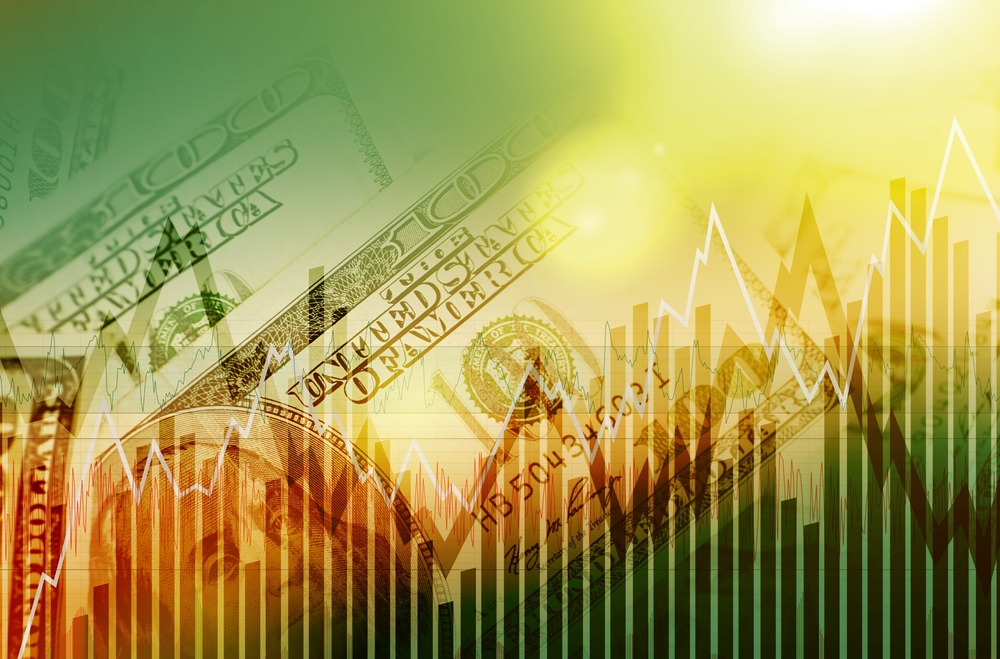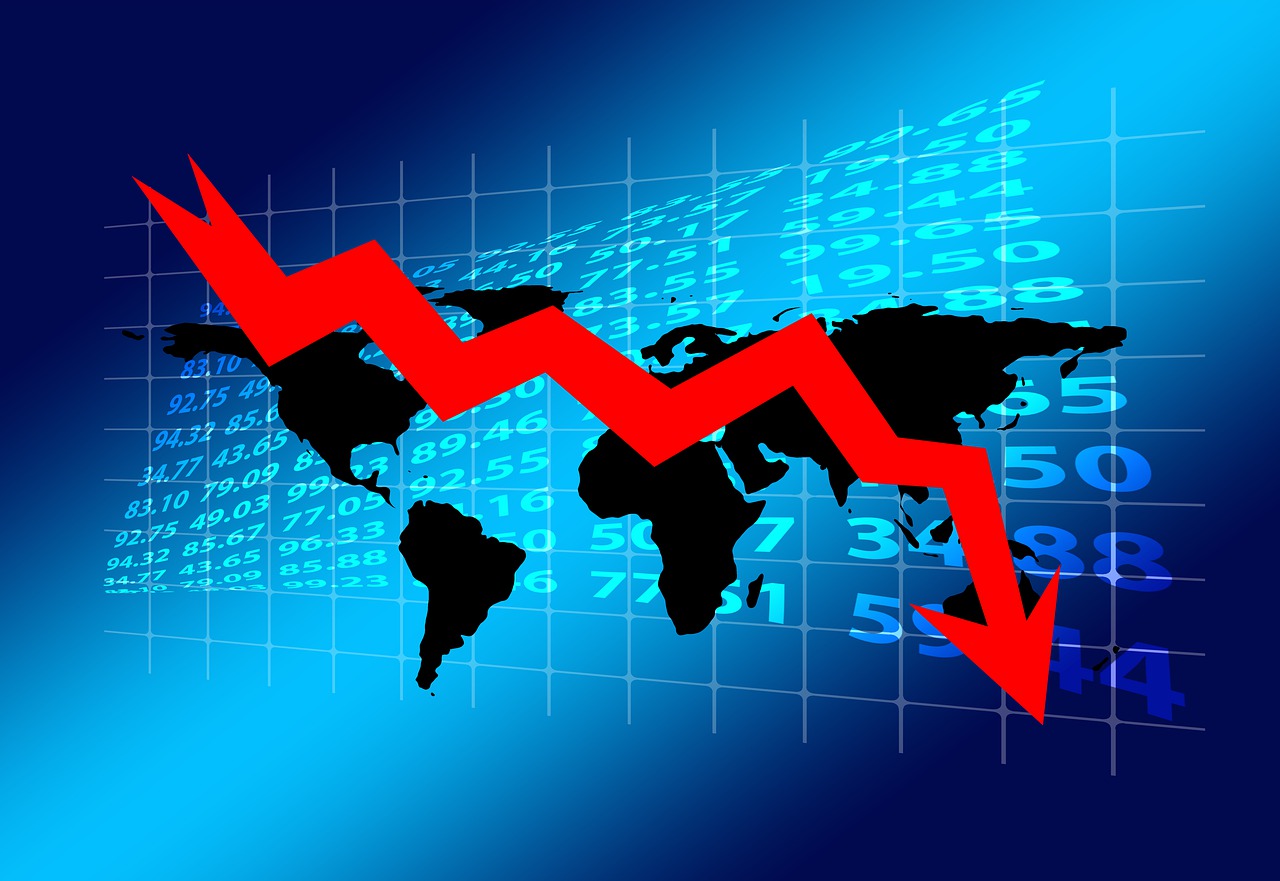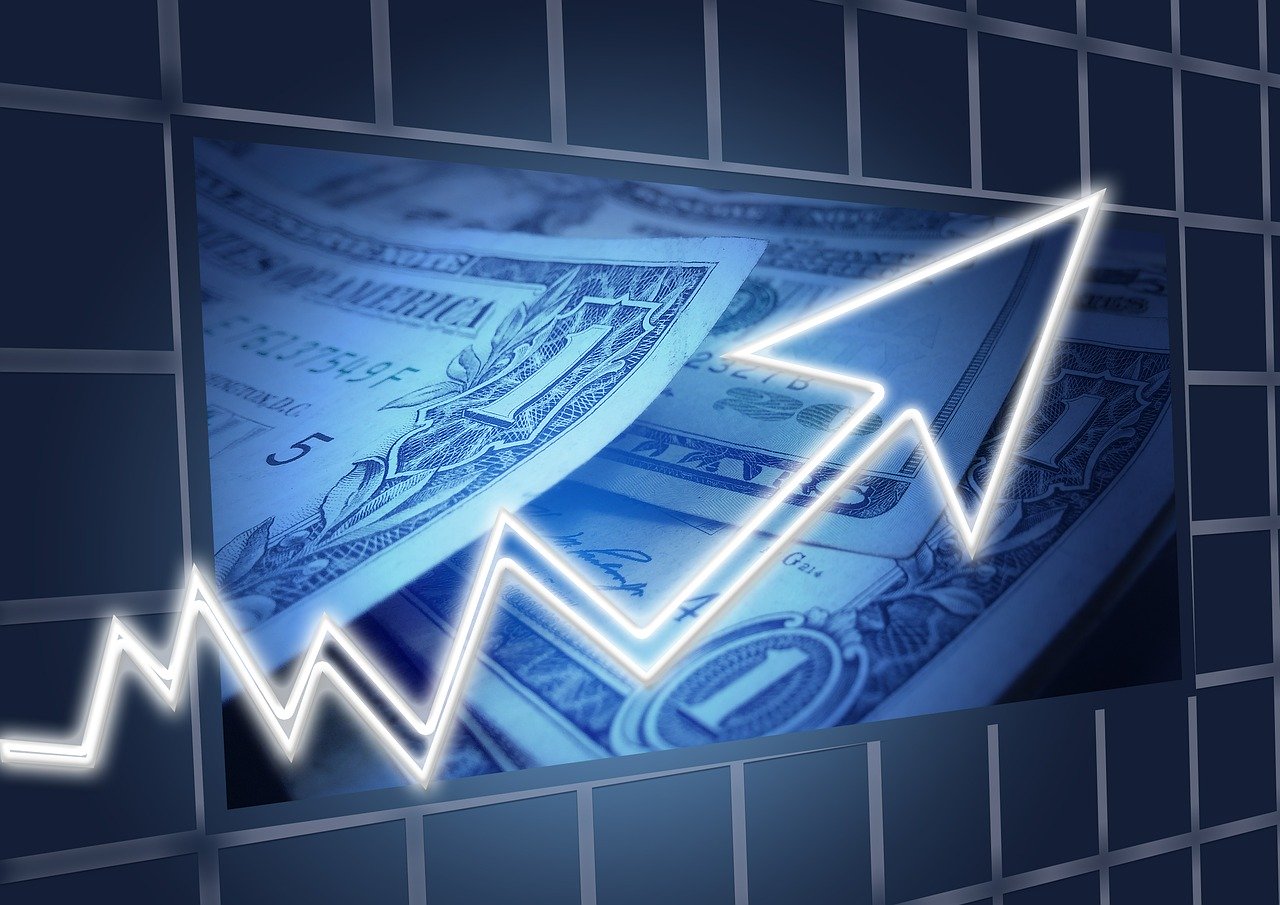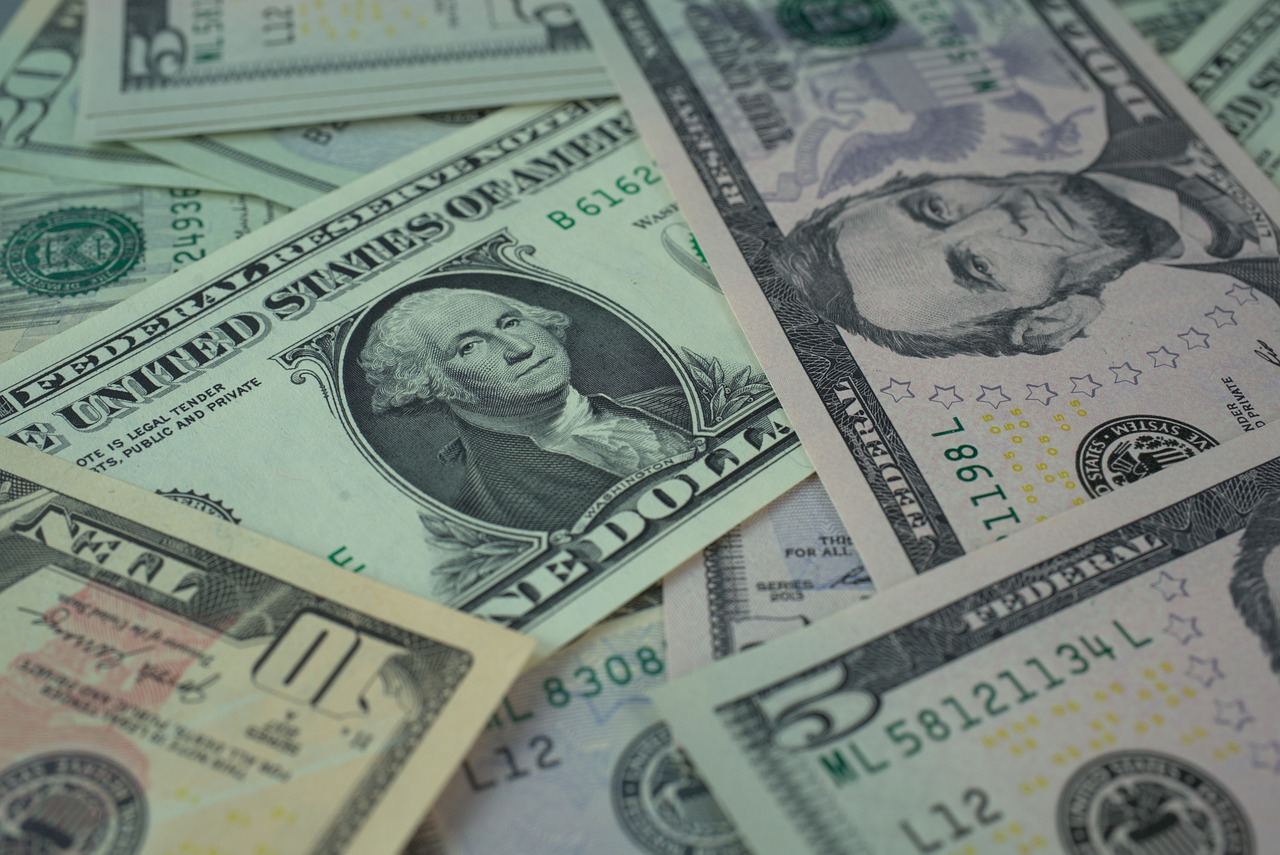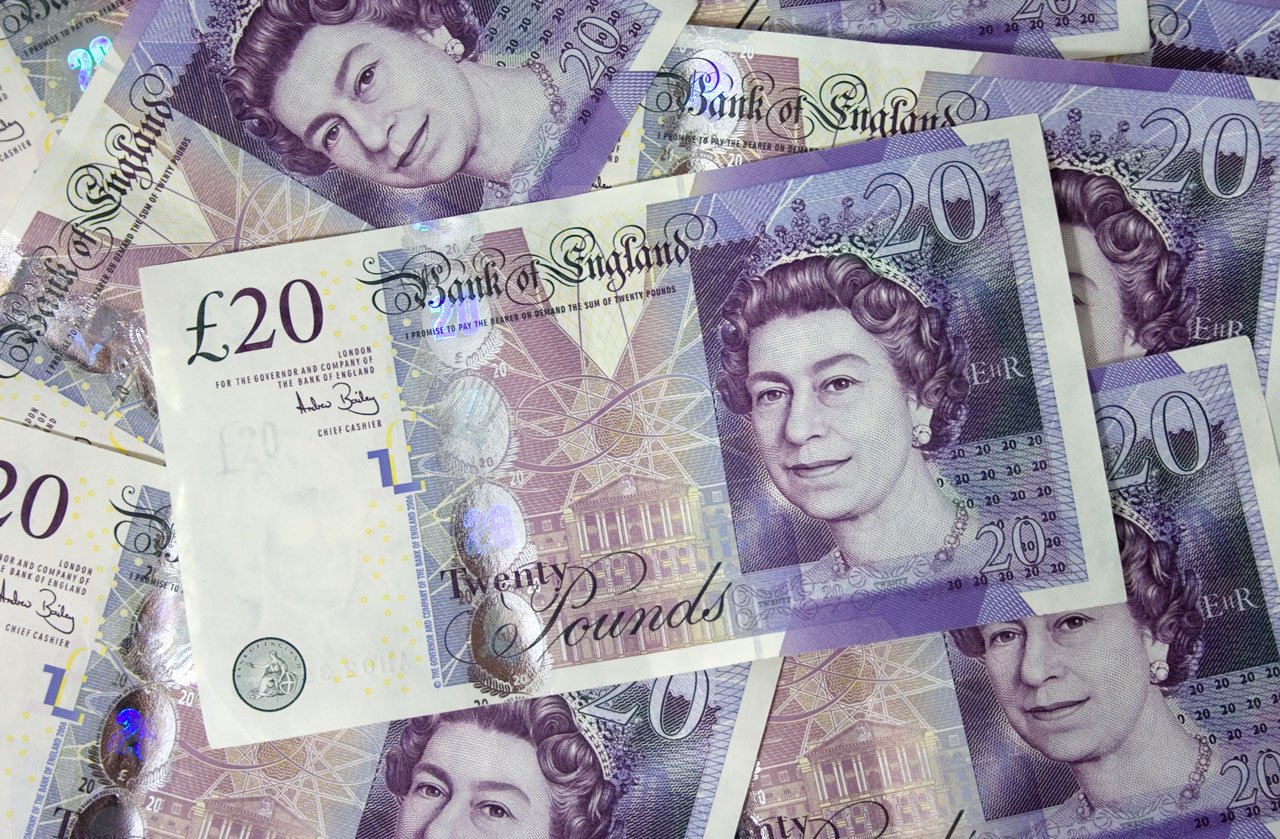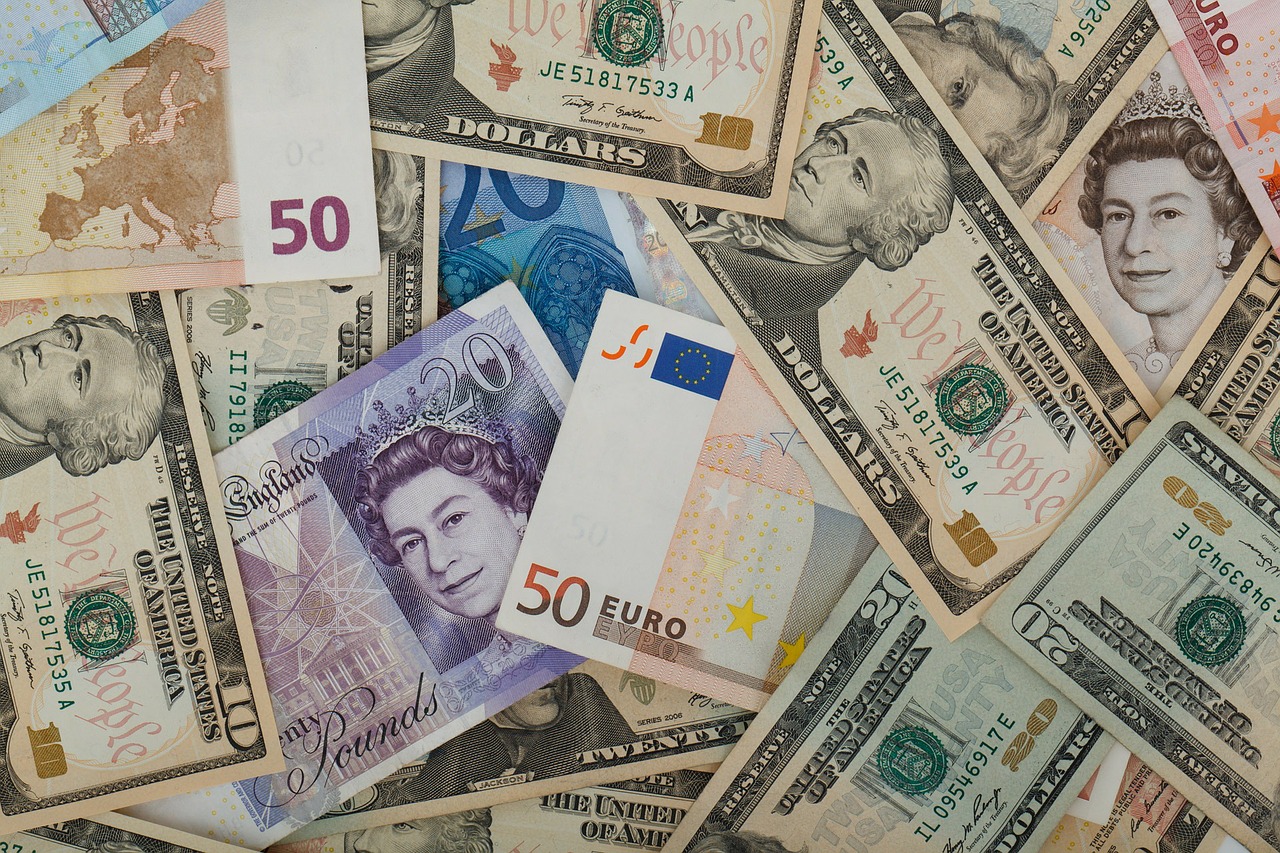Dollar Reaches Two and a Half Year Low

On Monday, in early London trading, the US dollar reached its lowest value in two and a half years, while there was a slight dip in riskier currencies due to a pause in the global equities rally. In November, there was a surge in global market sentiment, which caused the dollar to fall and benefitted riskier currencies, as a win for Joe Biden in the US presidential elections, hopes for additional stimulus, and a series of positive coronavirus vaccine developments boosted risk appetite of investors. The dollar was on course for its biggest monthly decline since July against a basket of other major currencies. In November, its value declined by 2.5% and it was trading at 91.654 at 0836 GMT.
Of course for its biggest monthly increase since 2013, the New Zealand dollar reached a two-year high overnight and then fell steadily. It remained flat in early London trading at 0.7034, against the dollar. According to currency analysts, the US dollar is weakening because of the improved global economic outlook combined with strong hints from the Federal Reserve about maintaining a loose monetary policy even on the way to recovery. Moreover, the outperformance of the Chinese economy has also benefitted commodity-related and Asian currencies, as the country is heading the global economic recovery from the coronavirus shock.
In November, China’s manufacturing grew at its quickest pace in the last three years, whereas data on Monday showed that growth in the service sector had also reached a three-year high. The offshore yuan is also on track for its longest streak of gains every month in the last six years, as it received a boost from the economic recovery in China and steady capital inflows. The yuan was broadly flat at 0839 GMT against the US dollar at 6.5760. According to sources and a document, the Trump administration is planning to add SMIC, the top chipmaker in China, and CNOOC, national offshore gas and oil producer, to a blacklist.
This would curb their access to US investors and escalate tensions between the two countries weeks before Biden takes his place. Analysts said that the reports are confirming fears of President Trump lashing out at his enemies during this transition period, which could result in short-term volatility in financial markets. Elsewhere, the euro also climbed to $1.19830, which was its highest in three months. Investors are keeping a close eye on the $1.20 level, as earlier this year, the European Central Bank signaled that it was monitoring the euro-dollar exchange rate carefully.
As far as the pound is concerned, Brexit negotiations remain its focus, which remained steady against the euro. The European Union and Britain are running short on time to agree to a Brexit trade agreement, but if they make good progress this week, it is possible that talks might be extended. When it comes to commodity-driven currencies like the Norwegian crown, the focus is on the OPEC+ meeting, which will start on Monday. There was a slight dip in the Australian dollar, as it fell by 0.1% on the day at 0850 GMT.


